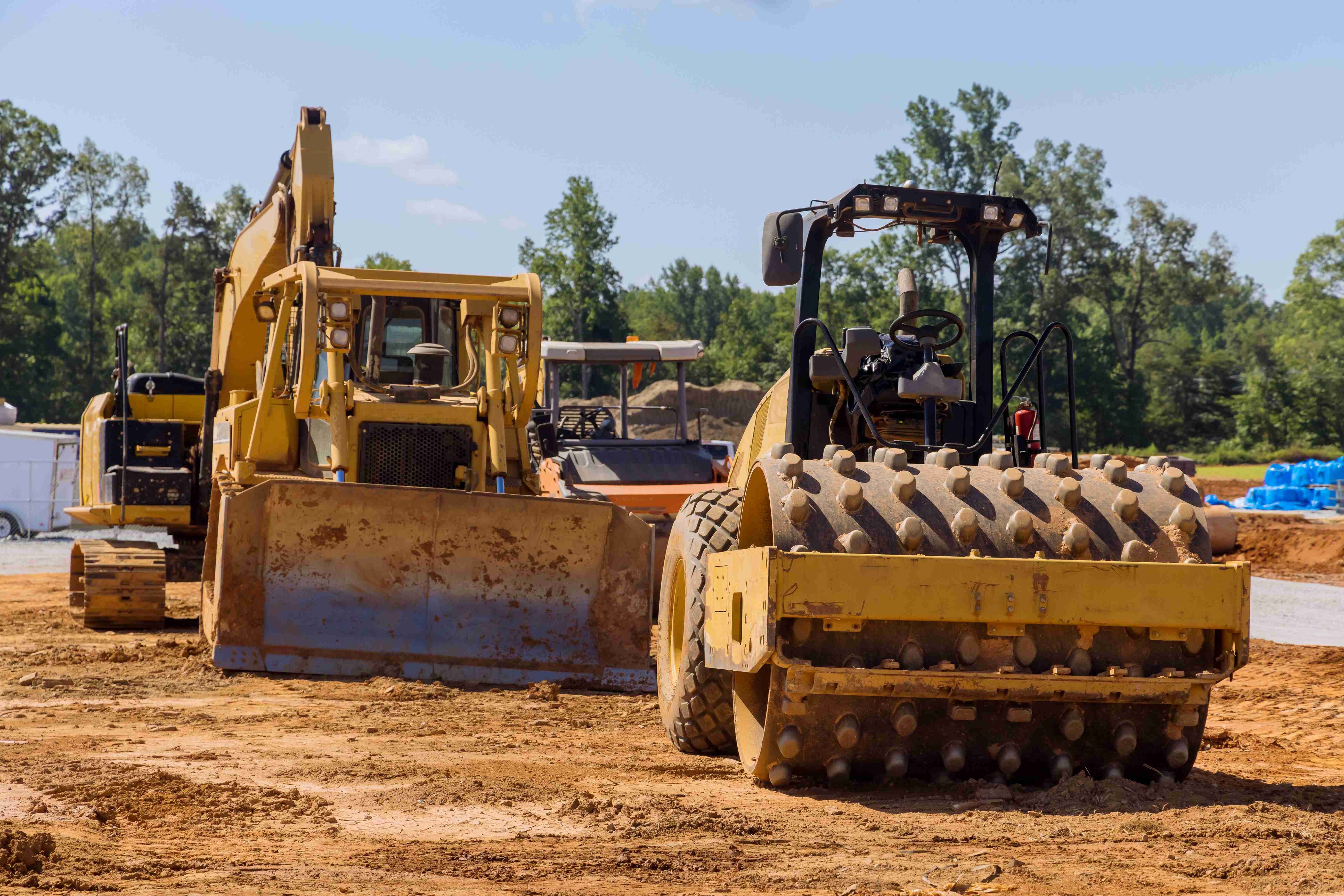
The True Cost of Heavy Equipment Ownership
May 26, 2025
When contractors consider investing in heavy equipment, the price tag on the machinery is just the beginning.
Ownership brings a long trail of hidden and ongoing costs that can significantly affect a business’s bottom line. This guide breaks down the true costs of ownership—so you can make informed decisions that protect your profitability.
The Purchase Price Is Just The Start
The sticker price of heavy equipment often masks the true expense of acquisition. New machines like excavators can range from $100,000 to $500,000, while used models may offer savings of 25–50% depending on condition. But these numbers are just the start. Contractors must also budget for:
-
Sales tax, particularly impactful in North and South Carolina
-
Transportation fees for delivery
-
Assembly and installation of complex equipment
-
Attachments and accessories required for operation
-
Branding or customization costs
These added expenses can increase your initial investment by 10–15%, significantly influencing your early cash flow.
How Does Financing Work When Buying Heavy Equipment?
Few contractors pay the full price upfront. Financing is standard, but it adds significant costs over time.
For example, financing a $150,000 machine at a 6% interest rate can cost an additional $44,000 over the loan term—roughly 30% more than the original price.
This cost must be factored into your financial planning, especially when balancing cash flow for payroll, materials, and overhead. These obligations remain fixed regardless of project delays or market shifts.
How Much is Insurance for Heavy Equipment?
Insurance is a non-negotiable cost for heavy equipment owners. On average, coverage costs around $256 per month, or $3,072 per year, for $1 million in liability protection. However, these rates fluctuate depending on:
-
Type and value of the equipment
-
Your company’s history and size
-
Coverage limits and policy terms
Providers like
CoverWallet
and
State Farm
offer competitive rates, but the costs still add up over time. Comprehensive coverage shields your business from catastrophic losses—but it’s another line item that affects profitability.
Depreciation and Resale Value of Heavy Equipment
Every hour on the meter reduces your equipment's value. Depreciation is inevitable—even for well-maintained machines. Factors influencing depreciation include:
-
Age and hours of use
-
Wear and tear
-
Technological obsolescence
-
Market conditions
While depreciation reduces your tax burden through write-offs, it also lowers resale value. Tracking depreciation is key to pricing projects accurately and understanding when to sell or upgrade.
For more information on how to track depreciation on heavy equipment, check out our blog.
Maintenance and Repairs
Routine maintenance is critical—but it’s not cheap.
Fluid changes, filter replacements, and software diagnostics are all recurring costs. As machinery ages, unexpected failures become more common.
Major breakdowns like hydraulic or engine issues can cost tens of thousands of dollars and bring productivity to a halt.
Proactive maintenance can limit these surprises, but the older the equipment, the more unpredictable and expensive repairs become.
Fuel and Operational Energy Costs
Fuel is a major variable expense. Large machines like dozers and excavators consume 5–8 gallons of diesel per hour. At today’s prices, that adds up quickly—especially on long projects.
Market volatility makes fuel costs hard to predict, so contractors must build in buffer budgets and explore efficient fuel management systems to reduce waste and monitor consumption.
Storage and Transportation Expenses For Heavy Equipment
Idle equipment needs secure storage.
This can mean leasing yard space, installing security systems, or even paying higher insurance premiums.
When it’s time to move machines between job sites, contractors must pay for transport trailers, permits for oversized loads, and driver/operator hours.
Total Cost of Ownership (TCO) Formula
Owning equipment makes sense when usage is high—typically above 60–70%—and the asset will be used across multiple years or projects.
To calculate TCO, add the purchase price and all associated annual expenses—maintenance, insurance, fuel, depreciation, and financing—over the equipment’s expected lifespan. For instance, a $150,000 excavator may cost over $300,000 across five years. Dividing by total hours used reveals a cost-per-hour figure that can be compared to rental rates.
For more information on ownership cost, check out our blog
“Should I Buy or Rent Equipment? (Free Cost Calculator)”
.
When Renting is the Smarter Move
The true cost of owning heavy equipment goes well beyond the price tag. From insurance and depreciation to fuel and financing, ownership brings a suite of financial obligations that can erode profit margins if not carefully managed.
If you do not see yourself using your new equipment on a multitude of projects over the course of several years, it is most likely not a good idea to purchase your own equipment.
Renting through a trusted provider like A-Z Rentals can offer flexibility, risk mitigation, and cost savings—especially for short-term or specialized needs. We have seven convenient locations across both North and South Carolina and have a trusted team of experts that assist you however you need. Be sure to contact us with any questions, or check out our equipment catalog if you're looking to rent for your next project.